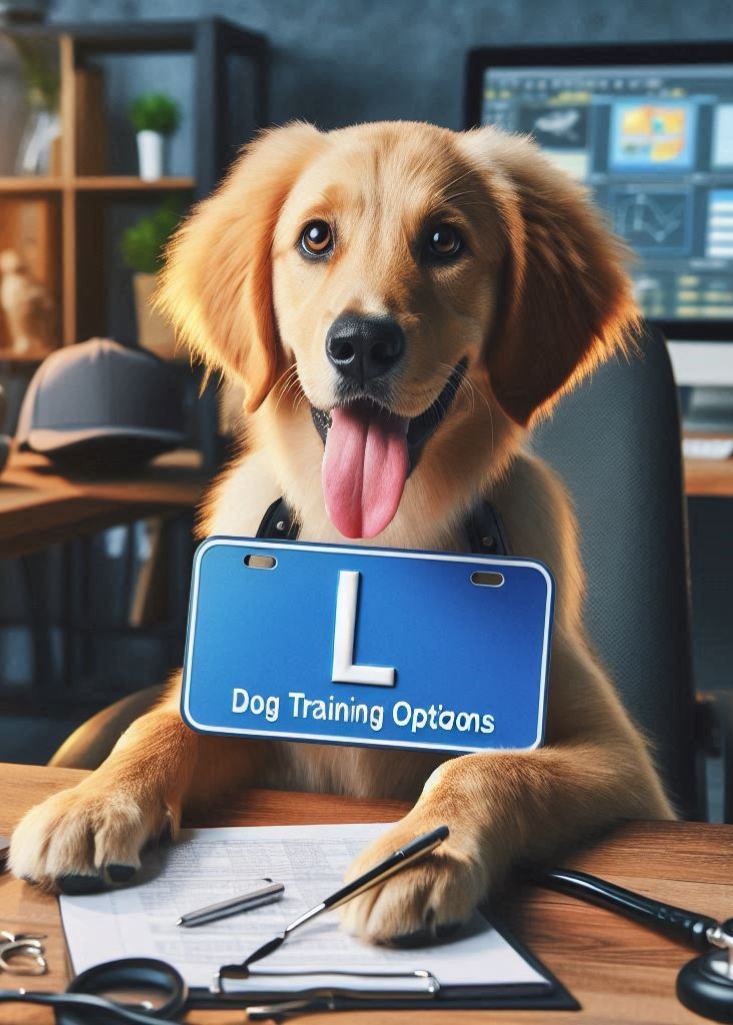Puppies, much like toddlers, have unique needs that balance rest and activity for overall well-being. Structuring their day can play a huge role in their development. It’s about creating a routine that nurtures their growing bodies and minds in a way that makes life easier for both of you.
The 2:1 rule is a golden guideline when it comes to balancing your puppy’s energy. For every hour they’re running around, training, or playing, they must get two hours of downtime. It might sound a little strict, but this balance helps prevent hyperactivity and ensures your puppy is healthy and rested, ready to take on the world again when they wake up.
Understanding when your pup is tired or has energy to burn is key. Watch for signs like yawning or sluggish movements that signal they’d hit snooze on their internal alarm. Conversely, a puppy that’s bouncing off walls probably means it’s playtime! Figuring out this rhythm early can save a heap of confusion later.
Of course, each pup is different. Some need a bit more direction or a tweak in schedule because of breed and personality. Take note of how your puppy responds to their routine. Breed info can offer insights, but just like you and me, dogs have their own quirks that make them unique.
Getting to know your puppy’s specific needs and habits helps create a peaceful environment where they can thrive. You’ll soon discover what gets their tail wagging and what sets them off to slumberland.
Crafting a Balanced Activity Plan
Building an activity plan for your puppy takes more than just tossing a ball around. It means consciously plugging in playtime, training, and walks to get the best out of their potentially boundless energy while keeping things structured.
Training sessions don’t need to be long to be effective. Short bursts of 10-15 minutes of focused training work wonders, especially with a young pup still grappling with a short attention span. Sprinkle these in between play sessions to keep things fresh and engaging.
The 2:1 rule is super handy here. Going hard during a 30-minute walk session? You’ll need an hour of chill time after to help your pup recharge. This downtime keeps them from getting cranky and helps their little muscles develop while reducing stress.
You’ll notice some days your pup will seem like a rocket on four legs – high energy levels and eager to explore everything. Other times, they might not be super keen to leave their comfy corner. Adapt your plans according to their energy levels and ensure activities cater to both physical and mental stimulation.
Mix up the activities to include obedience, games, socializing with other dogs. Not only do these activities bolster their obedience skills, but exposing them to new experience builds confidence and aids in social development.
Remember, balance is the secret sauce. A well-crafted activity schedule means you’re not just burning off energy, but also teaching your puppy important life skills along the way.
Ensuring Consistency and Adjusting the Schedule
Consistency, as mundane as it sounds, really is your puppy’s best friend. It’s about repeating patterns so they know what to expect and feel secure. The way you stick to meal times, playtimes, and naps helps cement routines they can depend on.
Every dog’s growing journey is different, and your puppy might surprise you with how quickly they adapt or show they need more time with certain activities. Adjusting their schedule as they mature allows for developmental changes and helps accommodate fluctuating energy levels as they grow.
Life throws curveballs sometimes – surprise work calls, unexpected guest visits, or just a day when nothing goes according to plan. Building a little flexibility into your puppy schedule is like having a contingency plan to navigate stressful days gently without losing the day’s structure entirely.
Celebrating small victories and patiently handling setbacks without stress is part and parcel of raising a puppy. Keep track of their progress, even if it’s small things like learning a new command or extending nap times. These little wins stack up into a well-behaved dog in the long run.
